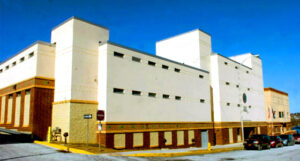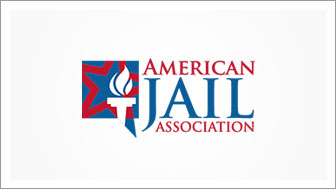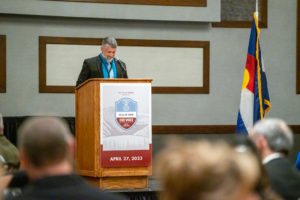Dr. Mike Pittaro
Director of Corrections
University Professor
AUTHOR
PUBLIC SPEAKER
TRAINER
My Story
Dr. Mike Pittaro is the Director for Northampton County’s Department of Corrections in Pennsylvania and a Professor of Criminal Justice with American Military University.
He has 36 years of experience and education in criminal justice, namely corrections administration.
Dr. Pittaro holds a PhD in criminal justice; an MPA in public administration, and a BS in criminal justice. Among his nearly 200 publications, including 5 book publications, he is the the author of the forthcoming book, Special Populations in Corrections, which is scheduled for publication in June 2025.
His areas of expertise are in correctional leadership and in providing education and awareness of burnout, stress, and suicide among criminal justice professionals. He is a QPR certified suicide prevention facilitator and has a master’s certification in emotional intelligence.
Best Sellers
Corrections is a complex, challenging, and vital component of our criminal justice system. In Contemporary Corrections, criminal justice experts Michael Pittaro and Christine Hess Orthmann explore the delicate balance corrections seeks to maintain between the rights of society and the rights of individuals convicted of infringing upon society’s rights.
The book introduces students to the myriad challenges and realities facing corrections today, not only regarding the types of facilities and populations that exist but also regarding the issues experienced by those who work in the field.
Part I examines the historical context from which our present correctional system has evolved and how various sentencing and diversion practices are used. Part II discusses traditional and alternative correctional sanctions from community corrections to carceral sanctions to the release of offenders. In Part III, students learn about the human factor in corrections. Chapters describe special correctional populations and the correctional personnel responsible for the care and custody of offenders. The final part reviews corrections at work, including special challenges such as gangs, riots, drugs and overcrowding, evidence-based treatment, and prisoners’ rights and other legal issues.
Providing a comprehensive introduction, Contemporary Corrections is ideal for undergraduate students majoring in criminal justice and related fields.
Highlights
“Dr. Pittaro is highly effective in the classroom, prolific with his scholarly activity, and has a commitment to service to the department and to his profession.”
– Dr. John Kraybill-Greggo (April 2023)
Webinars / Podcasts
Blog Posts
Peer-Reviewed Articles / Chapters
Conference Speaker
Featured In
“Education is our passport to the future, for tomorrow belongs to the people who prepare for it today.”
– Malcom x
Meet
Director Pittaro
This is corrections work at the cabinet level. The Director of Corrections shall serve as a public watchdog in supervising and administering the overall operations of the County prison. In addition, will serve as the chief spokesperson for all public communication on behalf of the institution and shall regularly inform county citizens on the performance of the institution.
Duties include coordination of the responsibilities within the organization which shall include working with
subordinate staff in the development of rehabilitation and treatment programs that effectively reduce inmate recidivism; and cooperation with the criminal justice system in order to best serve the public interest. Moreover, the Director shall assist in the development of standard operating
procedures and ensure their implementation. The Director shall ensure the efficiency and fiscal integrity of the Department and prepare the annual budget for submission to the County.
- The newly formed Northampton County built its first jailhouse in 1753. The building was located in Easton’s Centre Square. The building was constructed from massive stone walls and served two purposes, to detain prisoners and to act as a safe house in the event of an attack from nearby Native American tribes.
- In 1851, the jail was relocated to Sitgreaves Street. The new building contained 27 cells and was surrounded by 15-foot (4.6 m) high walls.
- In 1861, the Northampton County courthouse was built on its present site on Washington Street. The jail was too small at this time and offered an inconvenience in transporting prisoners to and from the courthouse.
- In 1868, work began on a new prison adjacent to the courthouse. The building was completed in 1871 at a cost of $200,000.
- The building has undergone major renovation due to overcrowding. In 1909, an addition was completed and soon after a wall was erected to contain an outside recreation area to comply with state law.
- In 1993, two direct supervision units were added, soon followed by the freestanding Community Corrections Facility.
- In 2004, the Northampton County Council approved a $22.8 million expansion. The new expansion was completed in 2006 and consisted of two towers with three “podular”/direct supervision units, a new intake unit, and connection of the buildings.
The prison is situated adjacent to the Northampton County Courthouse and consists of four interconnected buildings. It contains 15 separate housing units and a community corrections facility (work release) with a capacity of 913 inmates.

Schedule a Presentation
484-903-9002










